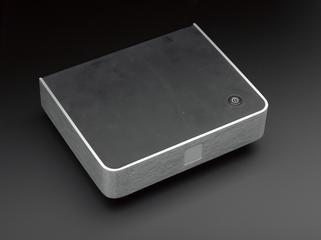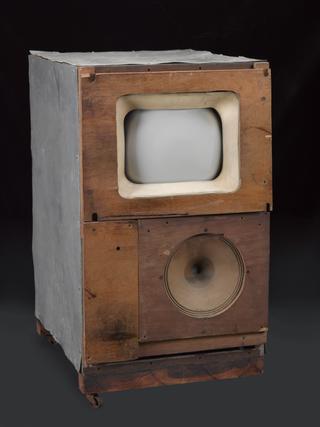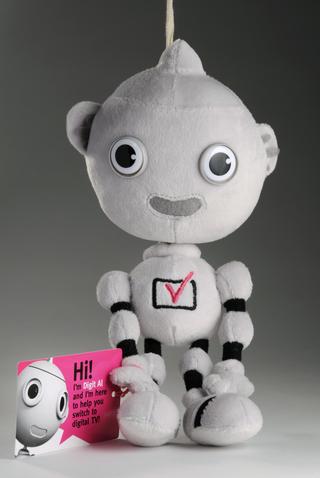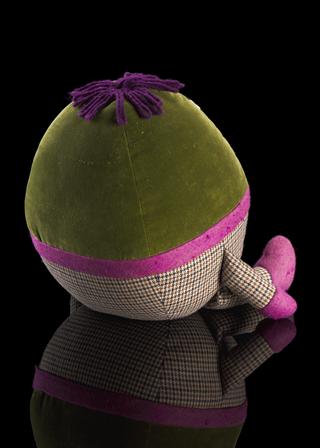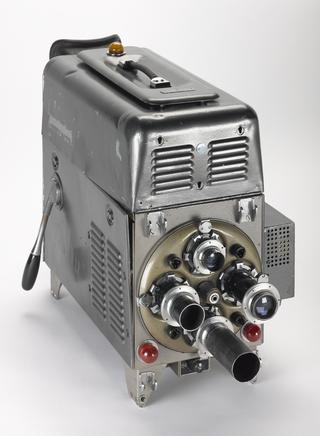




















DXC-101P single chip CCD (charged coupled device) camera, manufactured by Sony, Japan, 1987.
By 1987 the development of the CCD image sensor chip began to revolutionise camera design as they gradually replaced fragile television camera tubes. Although at first very expensive they rapidly become the standard. Once developed the technology was very robust, small, did not consume much power adn worked well in poor light. The 'P' indicates that this particular camera uses the PAL television standard.
When this camera was initially sourced by the National Science and Media Museum in the mid-2000s, it was identified by BBC Outside Broadcast staff at Kendall Avenue to have been the very first CCD-based camera the BBC had ever used ‘on air’. These first-generation CCD cameras were generally considered to be inferior to the existing vacuum tube-based television cameras and therefore not good enough for broadcast use.
However, this particular camera was purchased for 'evaluation' and soon found its way on to sport outside broadcasts. It was used for a number of years on BBC motor racing programmes, strapped to the side of the car for live pictures from the driver’s perspective. Its (relatively) small size, weight & robustness made it ideal for this use. The Kiowa zoom lens (1:2/11.5-90) was damaged when the camera fell off of a racing car at speed.
Details
- Category:
- Television
- Object Number:
- 2016-5020
- Materials:
- steel (metal), metal (unknown), plastic (unidentified), glass and electronic components
- Measurements:
-
with lens: 63 mm x 70 mm x 286 mm,
camera: 63 mm x 70 mm x 165 mm, .5 kg
- type:
- ccd camera
- credit:
- BBC

